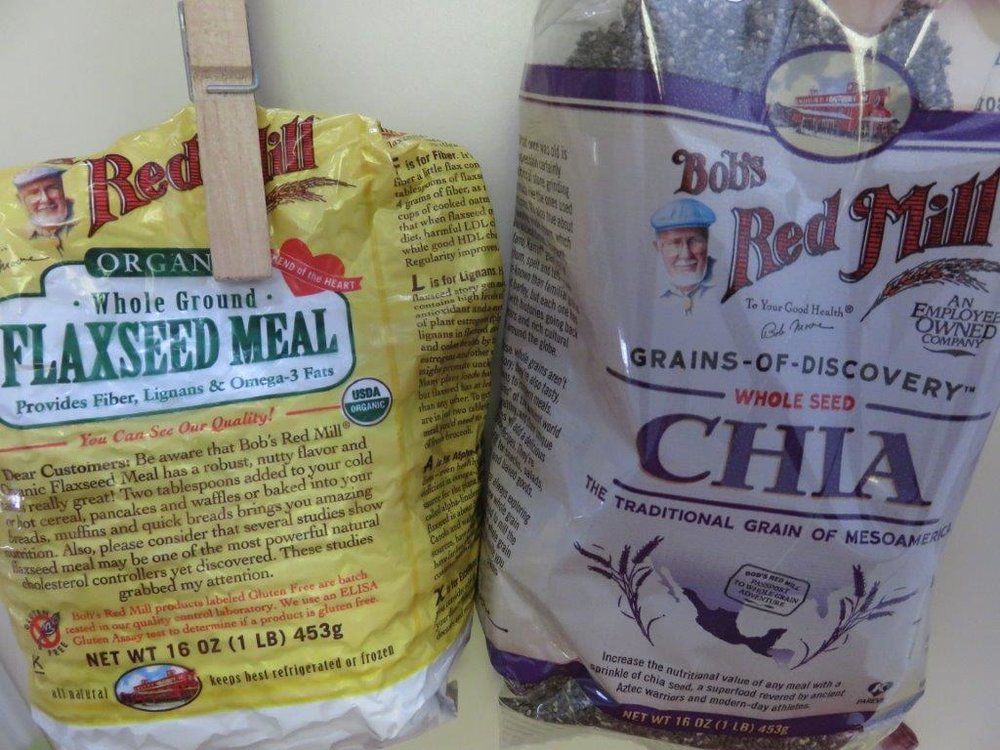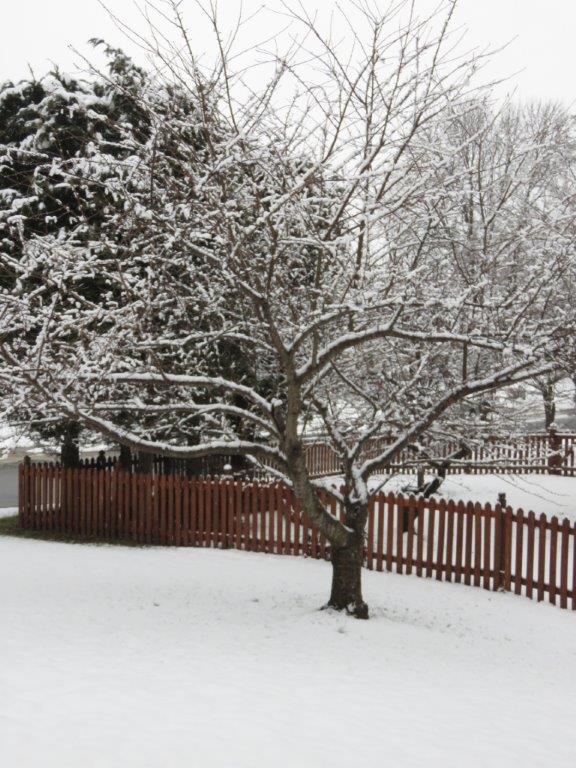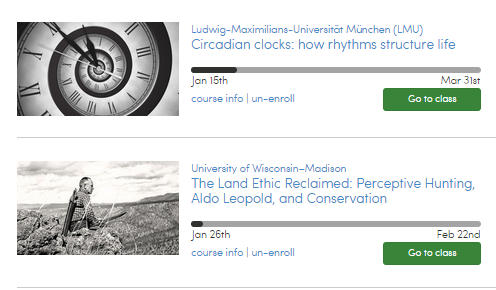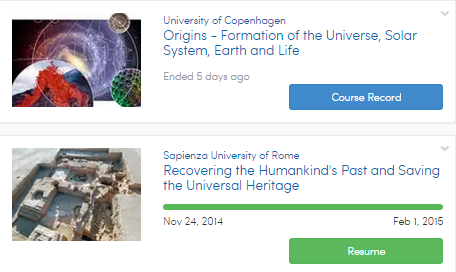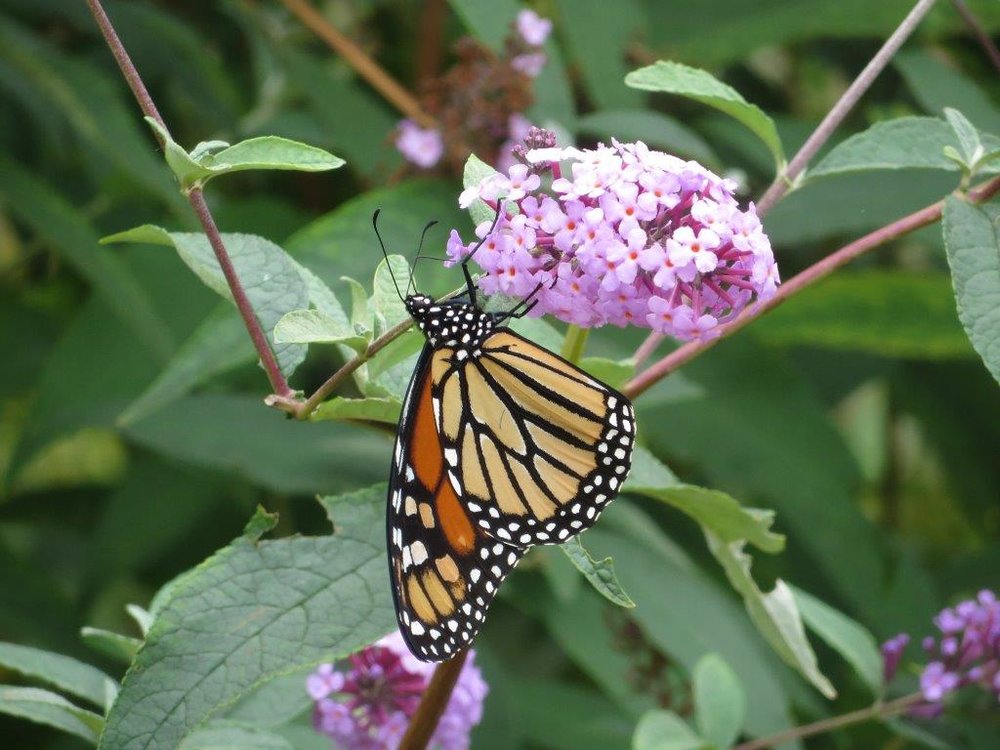Gleanings of the Week Ending August 15, 2015
/The items below were ‘the cream’ of the articles and websites I found this past week. Click on the light green text to look at the article.
Is Modern living leading to a ‘hidden epidemic’ of neurological disease? - A study that compared 21 countries between 1989 and 2010 found that dementias are starting a decade earlier than they used to in adults. In the US, neurological deaths in males 75 years old and over have nearly trebled…gone up five-fold for females in the same age range. The rapid increase points to environmental influences. Scary.
A single image captures how the American house has changed over 400 years - The link at the bottom of the article will take you to the full poster. I like history themes that go way beyond what I learned in school (which seemed to be mostly about conflicts and wars).
Deer Management Solutions: It Takes a Village - We have way too many deer in our area. Fortunately I have not been involved in a collision with one….but I see deer grazing near the roads and the occasional carcass from a collision at the roadsides. Our trees and bushes show evidence of deer browsing…we see deer in our backyard. Very few buds on the day lilies survived to become flowers!
Mapping how the United States generates its electricity - Lots of graphics. The first bar chart shows that there is still a lot of coal used for power generation. It accounts for more than 15% of the generating capacity in 15 states. In my home state (Maryland), coal is used for 44% of the capacity.
Global Risks - Richard Watson posts some thought provoking graphics. The subtitle on this one is ‘How would you like your apocalypse?’
Great plains agricultural greenhouse gas emissions could be eliminated - adoption of best management practices (no-tillage agriculture and slow release fertilizer, for example) can substantially mitigate agricultural greenhouse gas fluxes. The challenge is to overcome the cultural and economic barriers (higher cost of slow release fertilizer, new equipment/training required to convert to no-tillage agriculture) to best practices..
A Self-Taught Artist Paints the Rain Forest by Memory and The plants cultivated by the people from the center in the Colombian Amazon - Beautiful and informative work. The second link is for the free eBook. The text is in Spanish…but the drawings are the reason to download it.
Web-based patient-centered toolkit helps improve patient-provider communication - It seems like this is something that should already be in place in most hospitals although I know firsthand that it wasn’t a few years ago when I had a critically ill parent. It is frustrating that it is taking so long for health care organizations to apply data and technology in a way that keeps the focus on care for the patient….and consistent with patient (or their proxy) interaction re that care.
Astronauts Will Eat Space Lettuce for the First Time Next Week - This article is a little dated….they’ve eaten the greens already.
Artist Quits Day Job to Pursue Passion for Beautifully Quilled Paper Art - I like the spiral shape and this art form is all about spiral shapes with colored paper.

